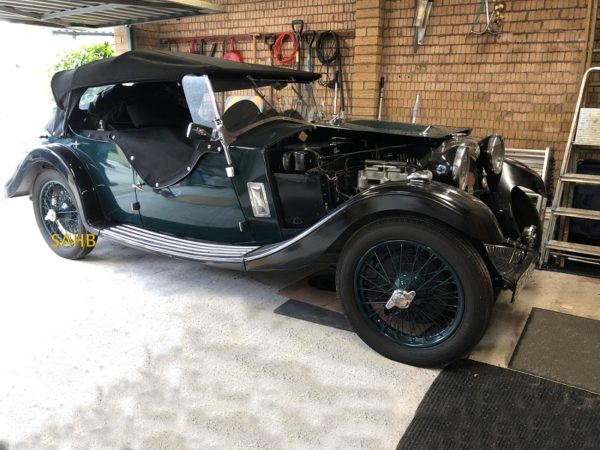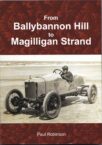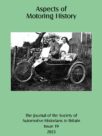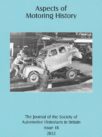
This lovely Riley Lynx is raring to go as soon as the Spring weather allows. It is an example of one of the many bodies built by the Riley company on the Riley Nine chassis – one of the most successful British light sporting cars built between the wars.
The Riley Nine was sold between 1926 and 1938. Its four-cylinder 1,087cc engine was noted for its characteristic hemispherical combustion chamber with overhead valves, inclined at 45 degrees in a crossflow head. To save the cost and complexity of overhead camshafts, the valves were actuated by twin camshafts mounted high in the block, working through short pushrods and rockers. The distinctive engine, with its twin SU carburettors, can be seen in our Snapshot.
The Nine was mainly designed by two of the Riley brothers: the chassis, suspension and body by Stanley and the engine by Percy.
The early cars had a cone clutch and four-speed crash gearbox, soon changed to a plate clutch and silent-third box, and ultimately replaced by an ENV preselector epicyclic transmission.
At launch the cars may have been ‘sporting’ but were not sports cars. In 1926 the first, the fabric-bodied Monaco saloon, could reach 60 mph. The Lynx was introduced late in 1932 as a 2-door open tourer on both the 4-cylinder Nine and the 6-cylinder chassis. Innovations on this model were a low-slung appearance made possible by patented footwells either side of the transmission tunnel and a disappearing hood that folded away under cover behind the rear seat. The cutaway doors added a further sporting look to the cars. But only a year later the Lynx changed to a four-door car and lost its disappearing hood. It is one of these cars that we see in our Snapshot.
The Lynx always sold best with the smaller four-cylinder Nine engine. The 14/6 sold reasonably well, but by the late 1930s the Lynx body style on any chassis was considered rather old fashioned. Riley planned to replace it in 1939 with a more conservative drophead based on the current saloon, but the Riley company was bought by Lord Nuffield in 1938 and Nine production came to an end.







Leave a Comment